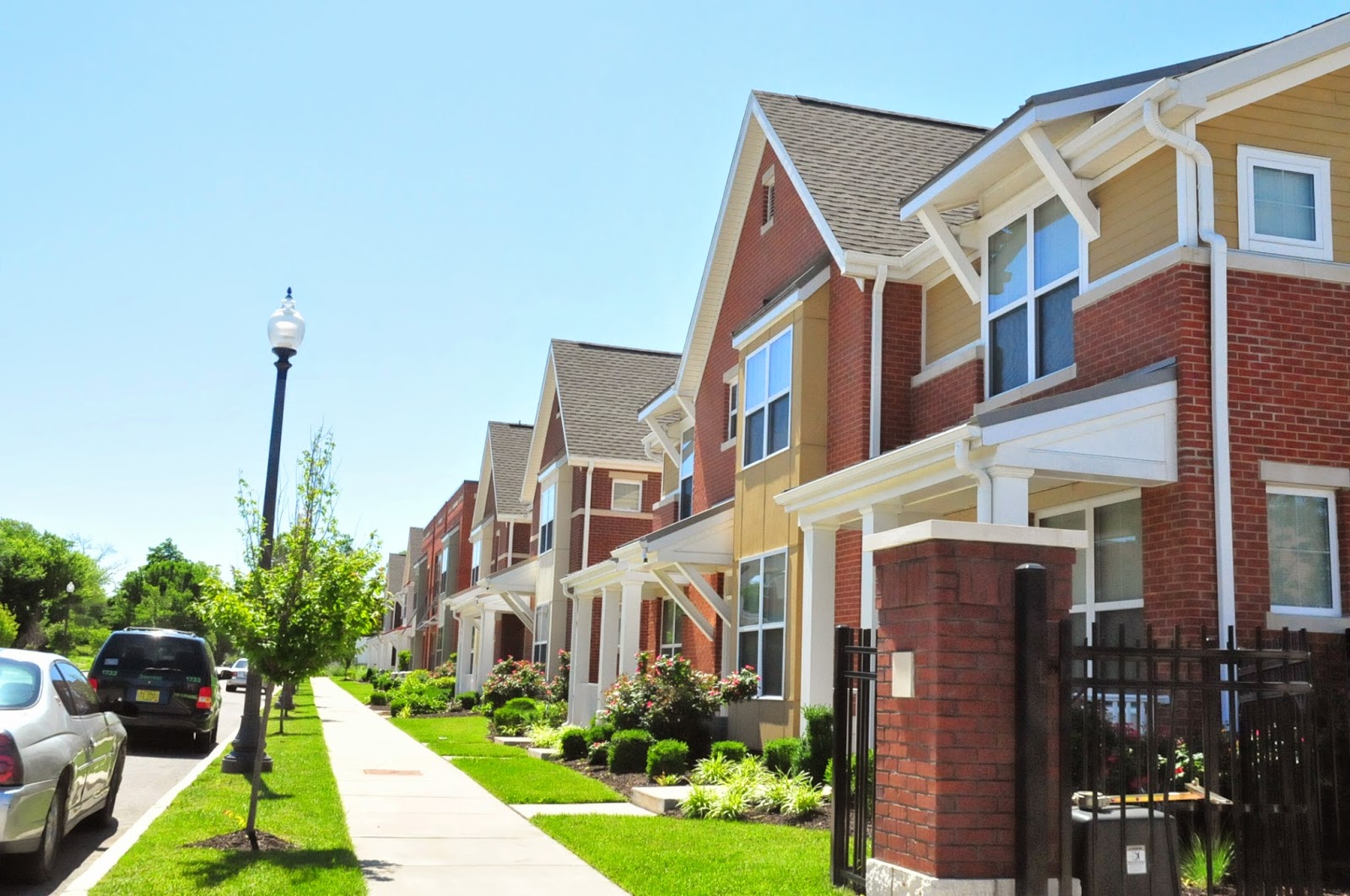The park was named after J. Milton Turner a leader in the areas of African American education, civil rights, and foreign diplomacy during the decades after the Civil War.
Here's a summary of Turners life from the State Historical Society of Missouri:
Born into slavery in St. Louis County in either 1839 or 1840, James Milton Turner and his mother, Hannah, were freed in 1843. His father, John Turner, was a free black who shoed horses. During the late 1840s and early 1850s, young James was educated in secret schools in the St. Louis area. An 1847 Missouri law prohibited teaching blacks.
After attending Oberlin College in Ohio, Turner returned to St. Louis in the late 1850s. He worked as a porter until the Civil War began. During the conflict, he acted as a body servant for Madison Miller, a Union colonel.
Turner quickly gained prominence as a black politician after the war ended, becoming known for his speaking ability. He became involved in numerous activities to advance the rights of African Americans in Missouri and the nation. He worked for the Missouri Department of Education, establishing over thirty new schools throughout the state for African Americans. He also helped gain support for Lincoln Institute (now Lincoln University).
In 1871 President Ulysses S. Grant appointed Turner as the U.S. minister to Liberia, making him the first African American to hold that position. Established in 1820, Liberia was founded by free blacks and former slaves from the United States. While serving there, Turner became convinced that African Americans should not return to Africa in great numbers. He did not believe they would be able to adapt to the climate. His views were not popular with other blacks.
After returning from Liberia in 1878, Turner’s influence continued to decline. Like many other black leaders of the time, his status as an educated black alienated him from lower-class African Americans. Despite his loss of power, Turner remained committed to advancing black causes and seeking equality with whites. He helped provide relief for blacks fleeing the South. Later he became an advocate for former black slaves of the Cherokee who had land and oil claims in the Oklahoma Indian Territory.
About a month after being injured in a tank-car explosion, James Milton Turner died from blood poisoning on November 1, 1915, in Ardmore, Oklahoma. While Turner had not been in the public light for a number of years, many African Americans remembered the important contributions he had made to advance racial equality. Large crowds attended his funeral in St. Louis to pay respect. A junior high school and an office building near St. Louis in Kirkwood, Missouri, are named in honor of him. (source)This park, not unlike the rest of Vandeventer has seen better days. But, the future could be very, very bright. This part of North City could be brimming with activity simply due to its location near Grand Center and the Central West End. Turner Playground has that most important asset in marketing and real estate: "location, location, location". Turner Playground sits right on the outskirts of a recently blossoming part of town. The nearby North Sarah Apartments built by McCormack Baron Salazar:
North Sarah, a multi-family, mixed-use development, consists of 120 mixed-income rental units in garden apartments, townhouses, three mixed-use buildings (approx. 7,000 SF of commercial/retail space) and a fourth mixed-use building that includes management/community space (approx. 4,900 SF). This development represents a critical component of the North Central Redevelopment Plan that was developed over several years and completed in 2000 by the City of St. Louis, community stakeholders and residents.Take a look at how well these fit in:
An honest assessment of the retail spaces shows very little occupancy to date. However, one of the bright spots is Diversity Gallery, a boutique/salon, that moved from the Delmar Loop to occupy a storefront in North Sarah. It was quite active upon my visit.
The original homes surrounding this fantastic new development range from falling down to fully rehab-ready, to just needing some TLC.
The park itself needs some attention and investment; but, the size and overall park layout is ripe to become a positive space helping to activate this part of town.
The bones are there with a charming stone bathroom house, playground and mid-Century pavilion.
I truly hope the community embraces the park and gets volunteer groups and civic money to help the park bounce back from those who sought out to destroy it and make it a negative space. Gang tags:
Its really easy to do. Tear down the fence. Plant trees for shade. Get rid of the softball field (ever see kids playing softball?). Poll the neighborhood on what they want here. I bet it is not a concrete volleyball court, or horseshoe pit or softball field...all of which are long gone anyhow. Get a masterplan and run with it. Turner Playground could be the impetus toward making this part of town even more livable and dignified.
run down softball field
former volleyball court???
former horseshoe pit???
I hope the neighbors make Turner Park a source of pride in the coming years.
I anyone comes across this who is truly interested in making Turner Park as asset to Vandeventer, feel free to contact me. I have experience in working in a park that has similar issues. I would be happy to help.
Mark Groth: groth_stl@hotmail





















































